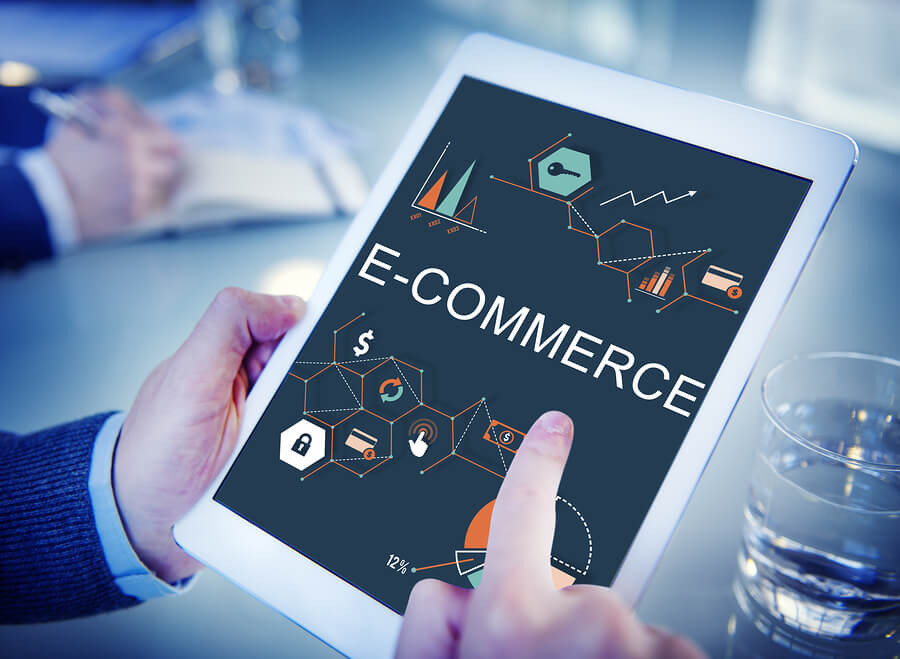For many years now English has been used as the preferred language for international business. However, today’s trends indicate that this is no longer the preferred method of communication when it comes to marketing products to consumers.
According to a poll conducted by the European Commission of 23 E.U. countries almost 20 percent of internet users said they never go to websites written in languages that are different from their own and more than 40 percent said they never buy either products or services from websites except those written in their native tongue.
In the larger less developed world, English is not such an acceptable language to use when marketing and purchasing products. Non-English speaking consumers prefer to make a purchase if the information is offered in their native language. Additionally, 80+ percent said they are more likely to make further purchases if the post sales care takes place in their native language. More than 60 percent prefer badly translated web pages in their native language using simple translation tools like Google translate rather than English only websites!
Start Small And Grow Bigger Over Time
If you are thinking of localizing your product so you can open it up to more potential buyers choose the most important of your non-English languages first. Get your website’s key pages translated by a Professional Marketing Translator and then trial these pages for say 2 months and see how your potential buyers treat your attempts at localisation. Throughout this trial period you can use tracking tools to see how your buyers are reacting to your newly translated website. If you have got a social media link on your new website, this will help you to know how much sharing has been going on too.
Localize Your Best Content
If you normally keep a blog going that keeps your visitors current with any new developments occurring within your company, this could be a good place to start when translating a relevant part of your website. If you have links back to your key website page from your blog this is a good monitoring point as you can see whether visitors to your translated blog will go back into your website to do more exploration. If they do, this should be the next part of your website for a Marketing Translation.
Live Chat is Good For Customer Contact
Once you have started to attract some non-English speaking customers your next step is to offer online support. This could be done by email but these days customers prefer to chat instantly online. You should try to set up a live chat facility that involves chat operators who can switch between languages so that the chat is effective as a means of communication.






